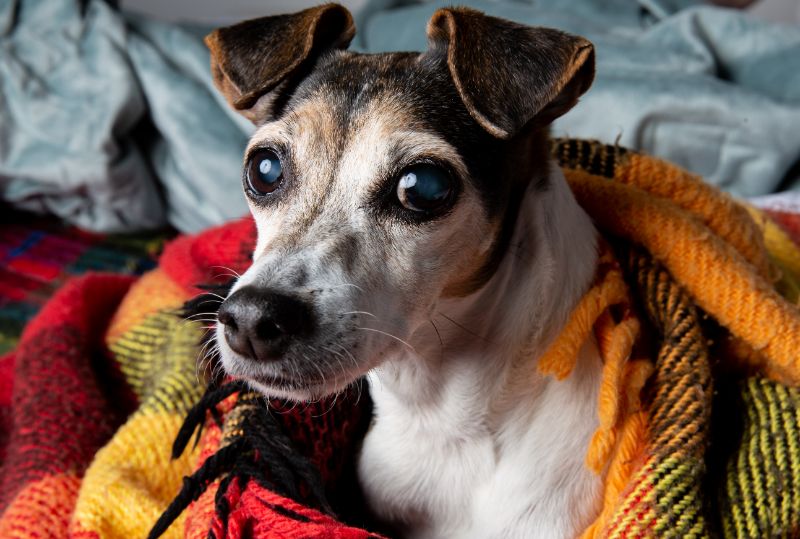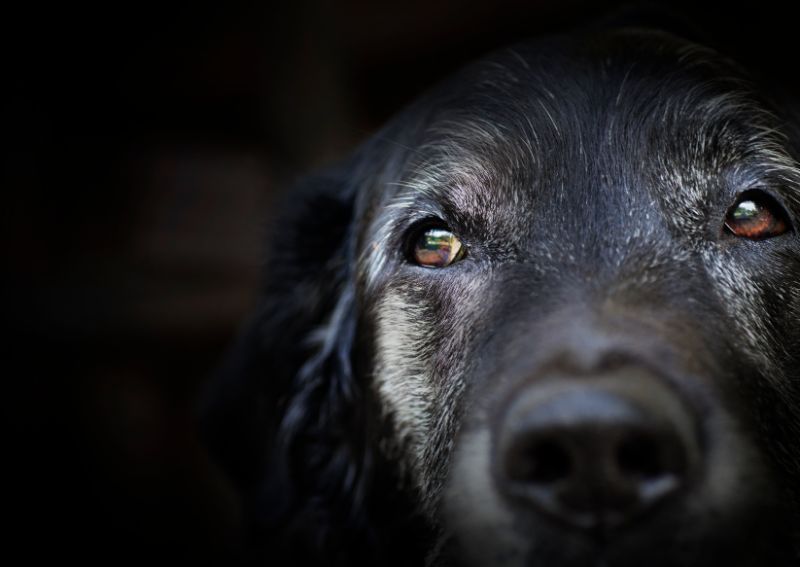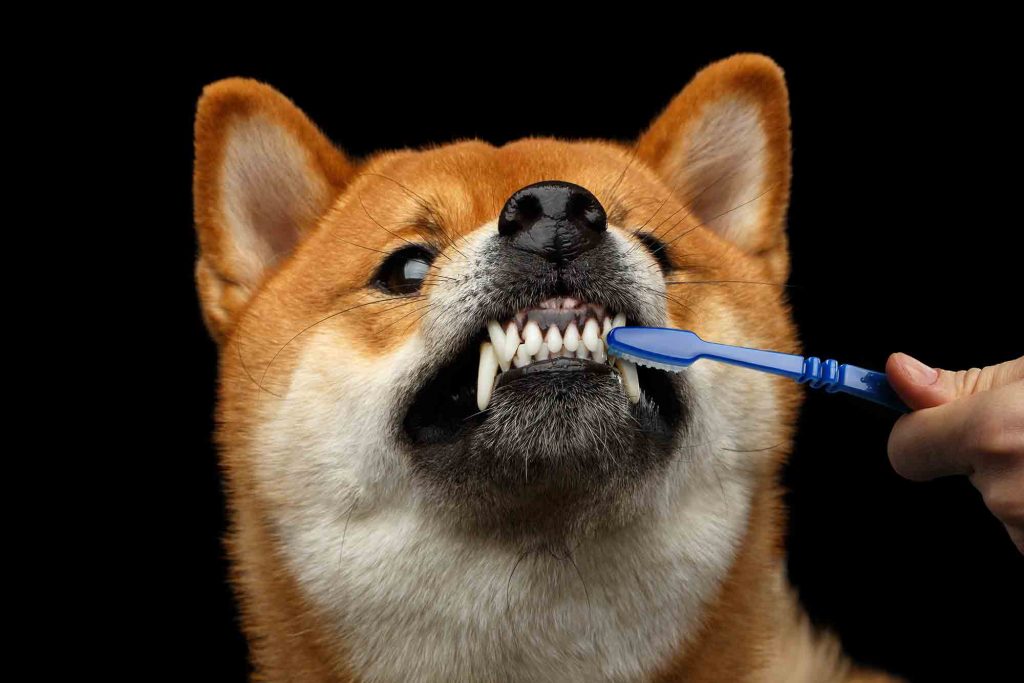Posts in Category: Senior Pet Care
Like a Leaf: Reasons for a Shaking Dog

If only dogs could talk. All of us at Lone Tree Veterinary Medical Center would have so many questions for them!
Despite the language barrier, dogs still do communicate with us. By watching their body language and facial expressions, it is possible for us to see that our canine companions actually are saying something. When you observe a new behavior, pay attention, as it is just another way your pet could be telling you something you need to know. A shaking dog is a great example of this.
Continue…Kidney Disease in Pets

As in humans, the kidneys play an important role in the overall health of our pets. Apart from making urine, kidneys are responsible for regulating the balance of electrolytes in the body, keeping blood pressure in check, and the production of hormones that aid in calcium metabolism and red blood cell production.
While a diagnosis of kidney disease in our pet is understandably alarming, with proper care, this disease is usually manageable over the long term.
Continue…Understanding Old Dog Vestibular Disease

Anyone who’s ever suffered from vertigo or an inner ear problem understands the unsettling dizziness, loss of coordination and nausea that can accompany these types of conditions. Dogs can experience a similar condition known as canine vestibular disease.
There are several types of canine vestibular disease. Some may be due to serious causes, such as a brain tumor, neurological infection or other neurological disorder. However, there is a benign self-limiting type that affects mostly older dogs. Because of this, it is commonly referred to as ‘old dog vestibular disease’, which is the focus of this discussion.
The symptoms of old dog vestibular disease can be quite bewildering for any pet owner. At Lone Tree Veterinary Medical Center, we see this problem in many of our older patients, so we’d like to shed some light on this mostly benign form of canine vestibular disease.
Continue…Lumps and Bumps on Pets: What are They and When to Worry

Discovering a lump or bump on your pet can be concerning at best, frightening at worst. It’s understandable to worry: Is it normal? Does my pet need to see the veterinarian right away?
While new lumps and bumps on our pets should never be ignored, in many cases, they end up being nothing to worry about. Our medical team at Lone Tree Veterinary Medical Center has seen countless lumps and bumps, so you can rely on us to help determine when one is a problem that needs to be addressed and when it’s not.
Continue…Better With Age: The Wonderful World of Senior Pet Adoption

For many prospective pet owners who visit a shelter or rescue, finding a puppy or kitten is often what is on the agenda. Fewer people, however, actively seek-out older animals, which is why older pets tend to be the last to get adopted and, in many cases, are never adopted.
Many senior pets will spend their golden years languishing in a shelter – but it doesn’t have to be this way. Older dogs and cats still have much to offer in the way of companionship, love and enjoyment. November is National Adopt a Senior Pet Month, and we can’t think of a better time to discuss the many advantages of sharing life with a senior pet!
Continue…Differently-Abled, Definitely Wonderful: Dispelling Deaf Dog Myths
 There’s something special about dogs. Perhaps it’s their unwavering loyalty and devotion or their unique ability to read our emotions and body language. Maybe it’s the way they inspire joy in our lives every single day. Whatever the case, the bond between human and canine is awe-inspiring.
There’s something special about dogs. Perhaps it’s their unwavering loyalty and devotion or their unique ability to read our emotions and body language. Maybe it’s the way they inspire joy in our lives every single day. Whatever the case, the bond between human and canine is awe-inspiring.
When most of us look at our dogs, we only see their inner light, and this is never more apparent than with deaf dogs. Unfortunately, deaf dog myths abound in our culture, but in reality, dogs of any ability level can lead happy, productive lives. At Lone Tree Veterinary Medical Center, we’ve set out to dispel the top 5 deaf dog myths and to show our readers what these often misunderstood pets can do. Continue…
A Brave New (Pain Free) World: All About CBD Oil for Pets
 In 2000, Colorado became one of the first states to legalize the use of marijuana for medicinal purposes. Since then, many other states have followed suit (29 to be exact). Nine states (including Colorado) have legalized its recreational use, as well.
In 2000, Colorado became one of the first states to legalize the use of marijuana for medicinal purposes. Since then, many other states have followed suit (29 to be exact). Nine states (including Colorado) have legalized its recreational use, as well.
What does this have to do with pets? More than you may realize. Not only have cases of marijuana toxicity in pets increased since marijuana laws began passing, but pet owners have also been turning to marijuana to try and help their pets with a variety of medical issues. Specifically, they’re seeking the oil extracted from the hemp plant, called cannabidiol oil (CBD oil) to treat their pet’s pain and other ailments.
The use of CBD oil for pets is growing in popularity, but is it right for your pet?
Why You Should Brush Your Pet’s Teeth

There are several reasons why you should brush your pet’s teeth. Just like us, our pets’ teeth develop plaque, and have bad breath. Also like us, the lack of proper dental care leads to dental disease.
A 2016 poll by Ipsos found that 43% of dog owners never brush their dog’s teeth. 73% of cat owners say they never brush their cat’s teeth.
Excuses for Not Brushing
The most common reasons pet owners avoid brushing are difficulty, inconvenience, and lack of knowledge. However, neglecting dental care can lead to periodontal disease.
We’re Here To Help
Brushing your pet’s teeth may seem like an impossible task, but with patience and consistency, most pets can learn to tolerate—or even enjoy—daily dental care.
Continue…Beyond Sight: Life With A Blind Pet
 Being told that your pet is losing its sight can be a devastating blow for any pet owner. How will this affect your pet’s quality of life? Will you be able to properly care for your pet? What are the long-term consequences of life with a blind pet?
Being told that your pet is losing its sight can be a devastating blow for any pet owner. How will this affect your pet’s quality of life? Will you be able to properly care for your pet? What are the long-term consequences of life with a blind pet?
Your friends at Lone Tree Veterinary Medical Center want to assure you that caring for a blind pet doesn’t have to be difficult. Providing your blind pet with a happy and fulfilling life is still possible, and doesn’t have to negatively impact the wonderful relationship you have with your furry friend.
Snug As A Bug In A Rug: The Best Pet Beds
 A recent survey conducted by the American Pet Products Manufacturers Association found that 42 % of dog owners allow their pups to sleep on their beds. Given that, and our own experience to boot, we also feel that it’s safe to say that at least that many American dogs are making themselves at home on couches, chairs, and other furnishings, as well rather than pet beds.
A recent survey conducted by the American Pet Products Manufacturers Association found that 42 % of dog owners allow their pups to sleep on their beds. Given that, and our own experience to boot, we also feel that it’s safe to say that at least that many American dogs are making themselves at home on couches, chairs, and other furnishings, as well rather than pet beds.



